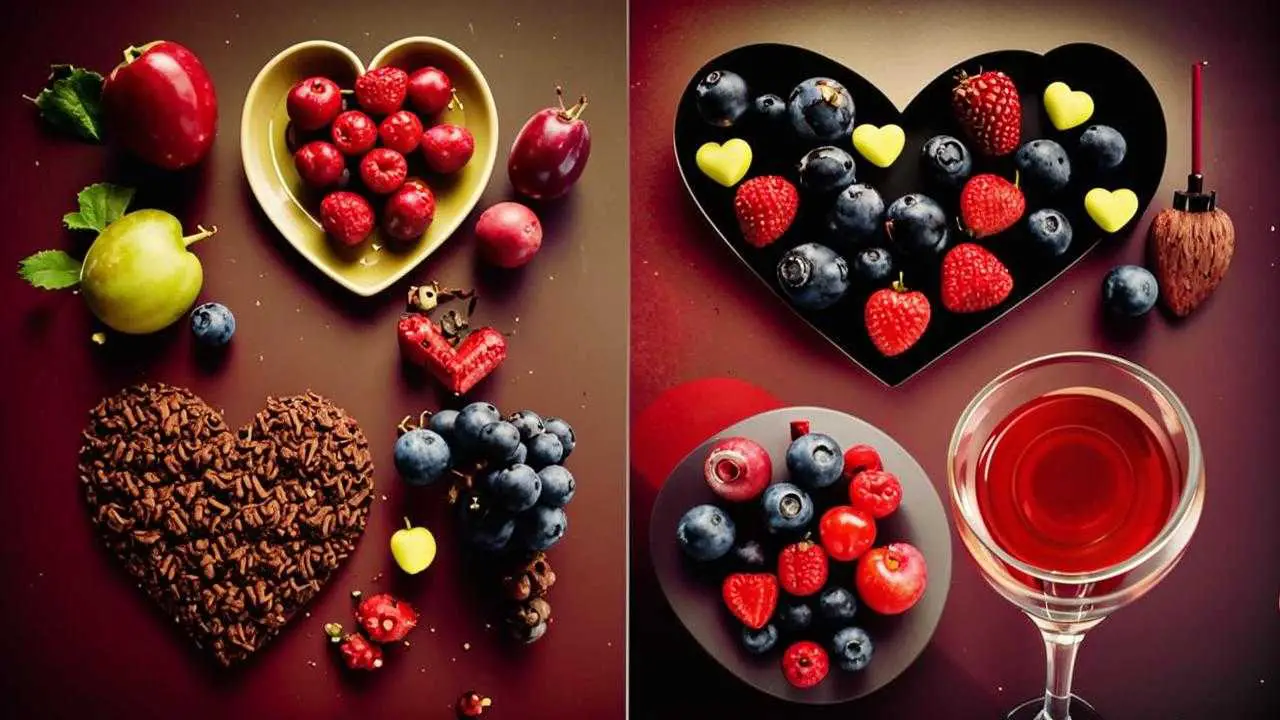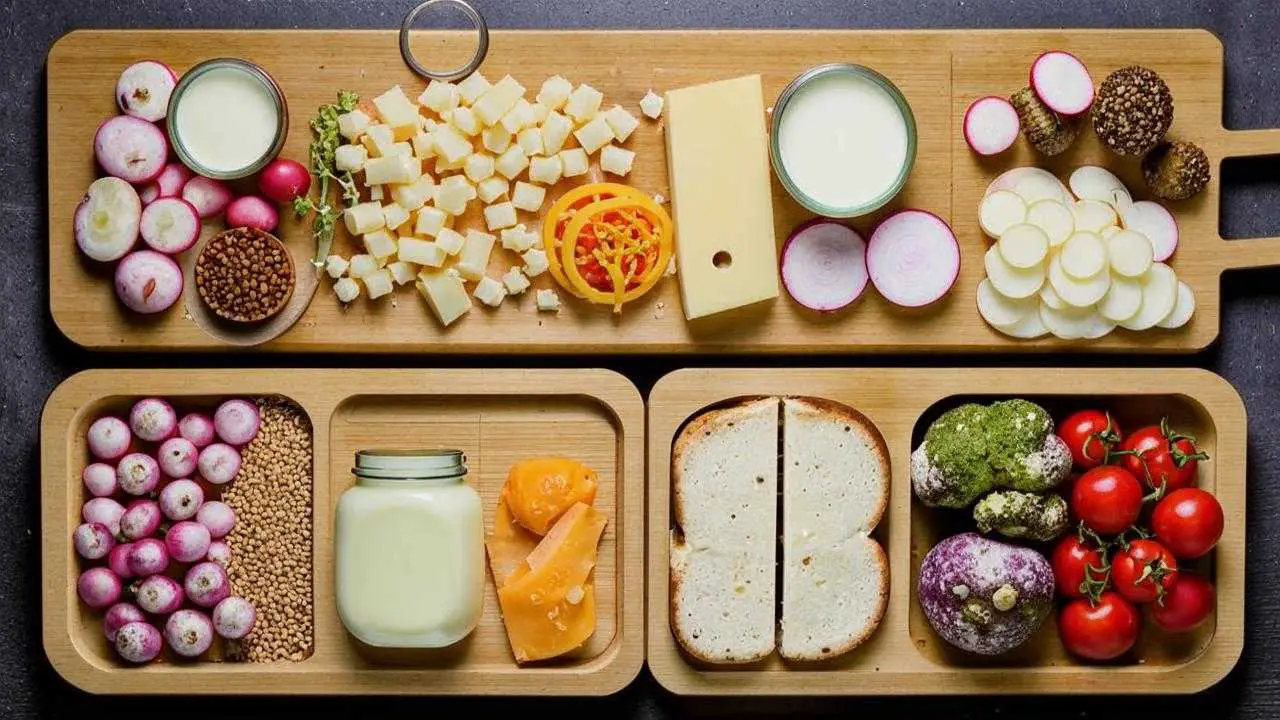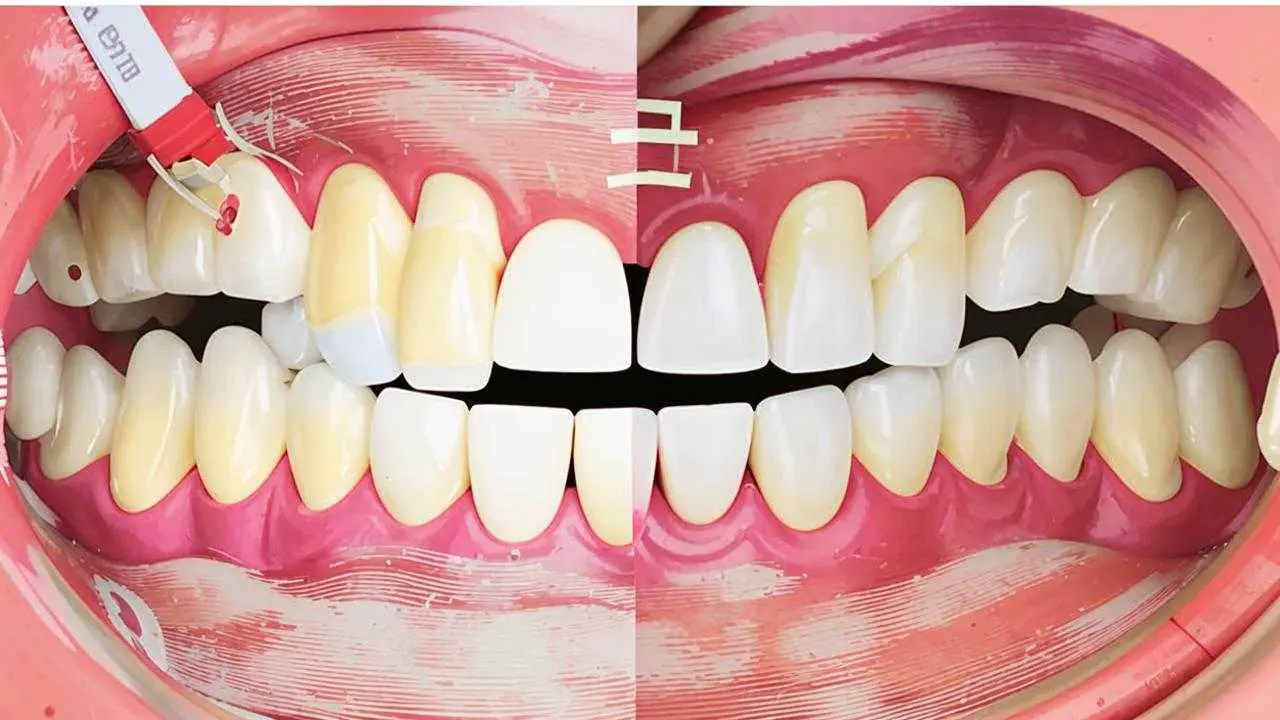Reading time ~ 7 min Number of readings: 77740
Who among us does not dream of a snow-white smile. Dentists have made such a dream available to almost everyone. Getting a shining white smile is easy, but how to keep it?
One of the conditions is the diet after teeth whitening.
What is a “white diet”
Regardless of the type of whitening applied, in order to consolidate the effect, it is important to avoid certain products, primarily coloring. Therefore, the diet after such manipulation is called “white” or “transparent”. Applying such a diet, you do not have to starve. Just some products are temporarily excluded.
Why do you need restrictions
After the procedure, the enamel of the teeth:
- Becomes more sensitive. With time, hypersensitivity passes, but in the first 48 hours, the reaction of substances contained in food can be strongly pronounced.
- Even gentle manipulation increases its permeability. The acids contained in some foods can increase the risk of breaking down the surface layer.
- Becomes more porous. The top layer of dentin is temporarily exposed. Pigments can easily penetrate and stain it, negating the entire procedure.
How many days to follow a “white diet” after teeth whitening
The whitening process is not completed at the moment when the patient got up from the chair. The effect needs to be consolidated. To do this, certain restrictions are introduced. Very strict – for 48 hours, but dentists recommend not to risk and adhere to a “transparent” diet for 2 weeks. So you will definitely impress others with whiteness for many months. During this time, the tooth enamel will recover, the restrictions can be removed. Although it should be remembered that uncontrolled use of products with coloring pigments will lead to the fact that the shine and sparkle of the enamel will fade quite quickly. But reasonable consumption, on the contrary, will prolong the effect.
What you can not eat after teeth whitening
Darkening, pigmentation, the appearance of stains contribute to 3 factors: chromogens (substances that acquire color in oxidation), acids and tannins (tannins). These are found in many foods and can stain teeth, cause an unpleasant reaction, even destroy enamel.
Foods containing acids
- Citrusfruits. Even sweet tangerines contain large amounts of acid, which erodes the protective layer.
- Tomatoes. They are not only red, but also acidic.
- Carbonated beverages. They are carbonated with carbon monoxide, so even colorless soda is an enemy of enamel.
- Fruit juices. They are comparable to carbonated drinks in the amount of acids.
- Pickles and pickles. Vinegar is a strong acid that aggressively destroys the surface layers.
Products containing acids
Products containing pigments
- Tea (green and black), coffee. Tannins contained in these beverages have an accumulative effect. One cup may not stain your teeth, but there are no guarantees about the fifth cup.
- Wine. White wine, too. Red wine has a lot of coloring pigments, but there are acids in any wine.
- Sweet carbonated beverages fall into this group. Most of them contain acids that destroy enamel, as well as pigments that leave stains on it.
- Dark fruits and berries. The combination of acids and pigments can ruin the whitening result. All red, blue, purple berries and fruits should go into oblivion for 2 weeks.
- Chocolate and colored candies. Sugar and pigments are a bad combination for tooth enamel.
- Sauces. Avoid soy sauce, balsamic vinegar, ketchup. Better yet, any sauce at all. Most of them contain acids, tannins, pigments, or all of them together.
Foods containing coloring pigments
Foods that are questionable are better heat-treated.
Tobacco products
White, stain-free teeth, which are obtained as a result of the procedure – this is a good reason to quit smoking. It is categorically impossible to do this within 48 hours, but it is also dangerous afterwards. It is worth trying to go without smoking after the restrictive period.
What you can
Fortunately, the list of products allowed after whitening is quite extensive. It includes:
- White meat (turkey, chicken), fish. There are no acids or colorants in them. They provide us with protein without harm to health.
- Tofu. A great source of protein for vegetarians and vegans.
- Dairy products withoutdyes. Classic yogurt, unadulterated milk, cottage cheese, sour cream will provide you with calcium, which is much needed after intervention.
- Cheese. From exotic ones it is better to refuse because of hypersensitivity.
- Cereals, pasta and bread. Most cereals, pasta are allowed by the “white diet”. Problems may arise only with colored pasta or dumplings from red colored flour.
- Light-colored fruits and berries. They provide vitamins for our body.
- Light-colored vegetables. Will provide fiber without harming our teeth.
- Water. Definitely won’t leave dark stains, won’t destroy enamel. It is the best choice for hydration, oral health, and a radiant smile.
Approximate diet for the day
Individual preferences affect what people eat after teeth whitening. A general recommendation can be the advice to avoid alcohol. Wine contains tannins and beer contains acids. Strong alcohol penetrates through the pores of enamel, violating the integrity of dentin. Therefore, it is better to exclude alcohol from the list of products for the white diet.
Breakfast (options):
- Porridge (on milk, on water);
- omelet;
- banana smoothie;
- toast with butter;
- classic yogurt;
- cottage cheese.
Lunch:
- mushroom soup;
- baked fish;
- potatoes;
- vegetable soup (avoid dark vegetables);
- poached chicken;
- chicken broth with dumplings.
Dinner:
- Chicken or cottage cheese sandwich;
- pasta with white sauce;
- rice with chicken, fish, mushrooms;
- turkey salad;
- white beans;
- cauliflower.
Snacks:
- Yogurt;
- baked apple;
- banana;
- cucumber;
- pear;
- white grapes.
By combining products, coming up with something of your own you can calmly endure 2 weeks without noticing the restrictions.
It is important to make sure that the diet was full, with a variety of recipes. For the body, it is important to get vitamins and nutrients. Monotonous food and severe restrictions can lead to intestinal disorders, avitominosis, demineralization of teeth.
On the other hand, you should not panic if you accidentally ate something that is not recommended to eat after whitening. Immediately brush your teeth or rinse your mouth, the main thing is not to repeat mistakes.
Principles of nutrition:
- avoid “colored” foods;
- do not drink alcohol;
- drink plenty of water;
- subject “questionable foods” to heat treatment.
What else
Recommendations after teeth whitening:
- Refrain from eating for 2 hours, give your body a chance to recover
- Avoid cold and hot foods. After dental manipulations, sensitivity is increased. Warm food will help avoid discomfort.
- For some time after the procedure, it is worth brushing your teeth after each meal
- Flossing helps get rid of food debris, which when decomposed can causetooth decay and damage enamel.
- Do not use whitening toothpaste until sensitivity returns to normal. Then it can be used to maintain the effect 1-2 times a week.
- If there is no strength to refuse caffeine, use a straw.
But it is better not to drink it after whitening at least 48 hours.
The result of whitening in ROOTT dentistry
Is it necessary to follow a white diet when whitening at home?
Absolutely. Moreover, it is necessary to observe it for the entire period of self-whitening, and 2 weeks after the completion of procedures. Since the risk of enamel damage is quite high, you need to adhere to the diet strictly. Therefore, smokers, whose home whitening can last up to 3 months, it is better to go to the dentist and whiten teeth in one procedure.
Professional teeth cleaning before whitening teeth at home. will enhance the effect and reduce the risks of bacteria from plaque penetrating under the enamel.
A whitening diet is a diet that will affect your smile and help it stay bright and sparkling.



